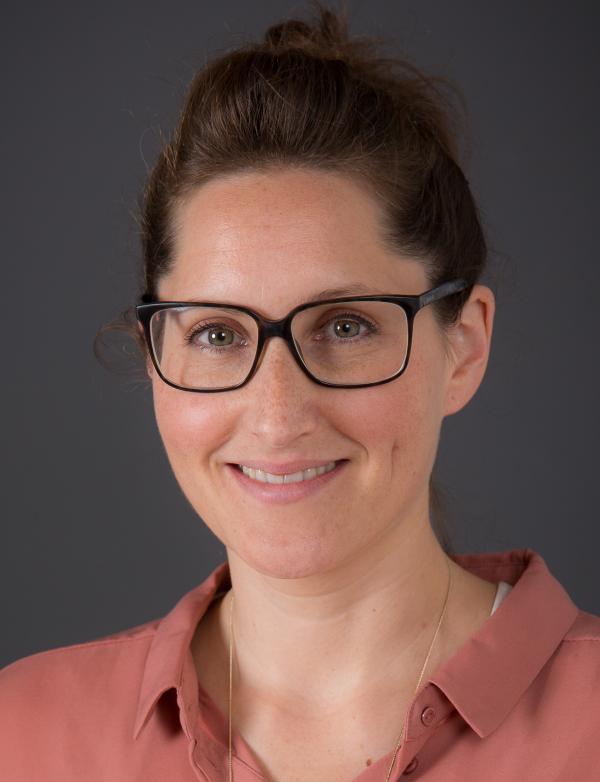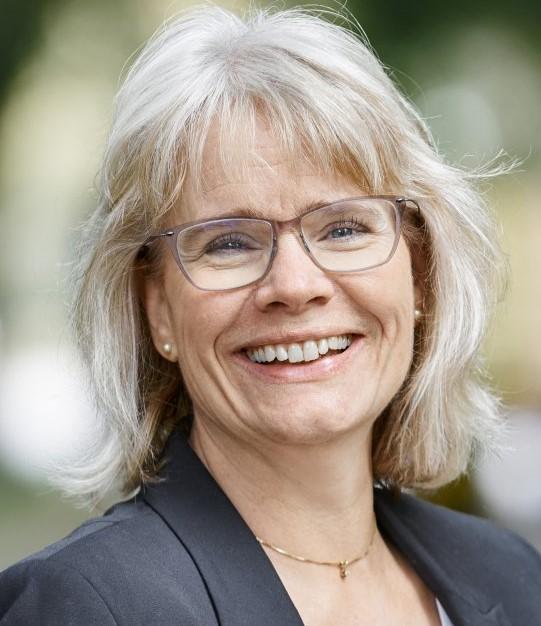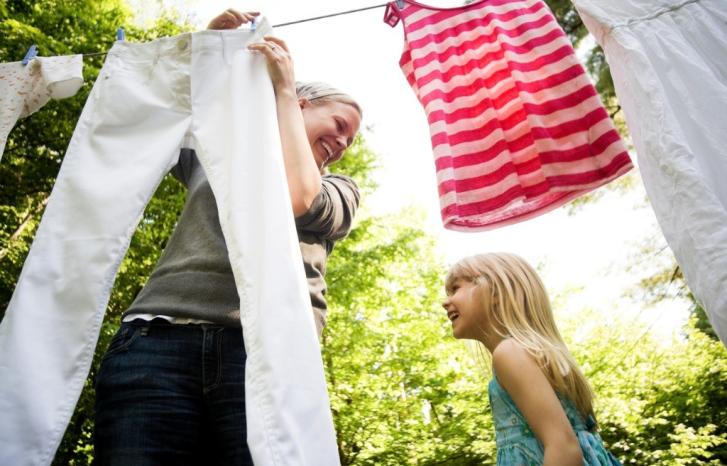A new Nordic study charts out the various equality measures at Norwegian, Swedish and Finnish universities. Preliminary findings show that Finland has fewer measures to promote gender balance in academia than Sweden and Norway, but an equally high share of female professors.
“We were invited to investigate what is referred to as the Nordic gender equality paradox: Despite the fact that Nordic countries distinguish themselves as gender equal societies, the gender balance in academia is no better here than in the rest of Europe. In fact, for a long time the proportion of female professors in Norway and Sweden has been the same as the European average,” says Liza Reisel.
Equality paradox in academia
Reisel is research director at Institute for Social Research, and participates in the study together with Ida Drange, Charlotte Silander from Sweden and Maria Pietilä from Finland. The study is part of a larger Nordic research project on gender equality in academia, which is funded by Nordforsk. Other subprojects look at recruitment processes at the universities and unconscious prejudices among recruiters.

“We have finished the data collection from the survey, and are about to start analysing the findings. It was therefore slightly premature to present the findings at a seminar in December. We nevertheless decided that it might be a good idea to communicate what we have seen thus far,” she says.
Reisel and colleagues look at the measures in existence at various universities in the Nordic countries and the effect of these. But she emphasises that it is difficult to document the effect of each measure since the selection is too small and too similar.
“In the Nordic countries, most of the universities are regulated by the state, and the differences between them are small,” she explains.
“In order to examine cause and effect, we need a larger statistic material than what we have in the Nordic countries. It requires major quantitative studies that would be easier to conduct in places such as the US. There they have hundreds of institutions that are also very different from each other.”
One of the main findings thus far is that Finland stands out from the other countries.
“Finland has fewer equality measures in academia than Norway and Sweden,” says Reisel.
“The gender balance in academia has been and still is very similar in Norway and Sweden. Finland had a larger share of female professors in the 1990s, but today the amount is equal to that of Norway and Sweden. Denmark distinguishes itself with having a weaker gender balance than the other Nordic countries, but unfortunately it was not included in the funding from Nordforsk and is therefore not part of the study.”
The researchers address the question of why Finland has been ahead of the other Nordic countries and Europe more generally, but they have not yet concluded anything.
“We do not yet have grounds to say anything definitive about why Finland has been ahead of the other Nordic countries, but we speculate that perhaps the gender balance development would have been weaker in Norway and Sweden had equality measures not been introduced.”
Still fewer female professors
Reisel emphasises that the Nordic countries do no longer have fewer female professors than the rest of Europe.
“Today, Nordic universities have a larger share of female professors than other democratic countries in Western Europe such as Germany, France and the Netherlands,” she says.
But gender imbalance at the top of academia is still a problem in the Nordic countries. In Norway, Sweden and Finland, the share of female professors is approximately thirty per cent, although the development has taken a turn in the right direction over the past twenty years.
Some people also believe that the internationalisation is partly to blame.
“The share of female professors has slowly but gradually increased with approximately one percentage a year,” she says.
Another gender equality paradox in academia is that the majority of the students are women on undergraduate and graduate levels, and there is an equal amount of women and men among the PhD students. At the very top, however, the share of women is only thirty per cent.
According to Reisel, some people would argue that this is due to a historic lag.
“They argue that today’s professors have been at the top for a long time, and that we have not yet seen the result of the past years’ development.”
According to her, the terms of employment in academia and a definition of ‘excellence’ that becomes more and more narrow, may also have consequences for the type of people who are attracted to and qualified for the top positions.
“Some also say that the internationalisation is partly to blame. This means that many qualified female candidates are passed over by foreign male applicants.”
Organisational measures are important
Solveig Kristensen is Dean of the Faculty of Mathematics and Natural Sciences at University of Oslo. She is head of the equality work at the faculty through the equality and gender balance project FRONT.

“I work actively to increase the amount of female professors, and in my experience the reasons behind the low figures are complex,” she says.
“Firstly, we are dealing with a lag that is historically rooted. I am a good example myself, as the first female dean of a faculty that has existed for 160 years,” she says.
Kristensen maintains that the development is moving in the right direction, although slowly. Therefore, she emphasises the importance of not just leaving the gender imbalance to solve itself with time.
“Without organisational measures, it will take decades until we have an equal share of female and male professors,” she says.
“Earlier, this was considered a problem that the women had to deal with themselves. I believe that is a mistake, and there is no research to support that view either. The gender imbalance is a structural and organisational problem, and it is significant that everyone in academia knows about this.”
Kristensen is of the opinion that all the departments at the university must take their share of the responsibility and work to even out this imbalance.
“It is about putting on the gender glasses in order to avoid unconscious and deep-rooted prejudices that we all have about gender. As human beings, we are never gender neutral,” she says.
“As leader, you need to have knowledge about the structural problems in order to recognise gender discriminating situations when they actually arise. Only then can you solve the problem.”
Preferably employs associate professors
She points to a decision that in her opinion has been crucial for the recruitment of more female professors at her own university.
“At the University of Oslo, we normally employ associate professors, not full professors. After they are hired, they can apply for promotion to full professor when they are ready for it.”
Kristensen explains that this arrangement is incorporated as an equality policy measure for the entire university.
“We have seen that this actually works. When we announce a position as associate professor at our faculty, we normally manage to recruit 40 per cent women, whereas we only recruit around 20 per cent women if we announce a position as full professor.”
One of the reasons for this is that women are ousted by men and international candidates who are better qualified for full professorships, according to Kristensen.
The quality of the gender balance measures is more important than the quantity.
“Earlier, one could only become full professor by applying for a full professorship, which lasted for the rest of one’s life. Today, most people are first employed as associate professors, and then they apply for promotion to full professor at a later stage in their career.”
She emphasises that being a top-level researcher is tough, and most people have to endure many setbacks before they eventually succeed.
“At our faculty, we have established a women’s network for female top researchers, for instance. As members of this network, we support each other in our role as top scholars and share experiences and competence. These women are very successful, and the number of grant applications made by women seems to increase.”
According to Kristensen, the reason why Finnish universities have an equally large share of female professors despite having fewer equality measures may be that the type of measures is more important than the amount of measures.
“The quality of the gender balance measures is more important than the quantity. If the Finns have implemented good organisational measures, that might be the reason,” she says.
“My experience is that organisational measures are more effective than measures directed at the women themselves. Measures directed at the women may in fact have the opposite effect. They may be perceived as stigmatising and give an impression of unfairness.”
Which measures work and why?
Liza Reisel and her colleagues’ study is based on a survey about different types of equality measures. Thus far, they have conducted interviews with questionnaires at nine universities and university colleges in Norway, fourteen in Sweden and fifteen in Finland, thirty-eight institutions.
“We have spoken to equality advisers and HR consultants and asked them about what measures their institutions have implemented in order to improve gender balance, and when these measures were first introduced,” she says.
“For example, we have asked whether they have had mentor programmes directed at women and if they have had recruitment positions earmarked for women – which is no longer legal. We have also asked whether they have offered courses about diversity for people involved in hiring committees.”
The goal is not to find out who is on top of the class, but rather to map out which of the measures that actually work and why, Reisel emphasises.
In addition, the researchers have used a database that provides information about the size of the various institutions and the number of women employed there.
“This has enabled us to see whether there is a connection between the type of institution and the types of implemented measures, and then to compare the three countries,” Reisel explains.
In their analysis, the researchers have grouped the measures into three different categories. One category consists of measures directed towards the women in order to make them change their behaviour, often termed ‘fix the women’. The other measures are directed at structural or organisational concerns – ‘fix the system’ and ‘fix the organisation’.
“We have also compared large and small institutions, and seen that larger universities have more measures than the smaller ones, which is probably a matter of resources.”
Finland stands out
Finland generally has fewer equality measures, both on a structural and individual level, according to Reisel.
“On the whole, the country has fewer equality measures than Sweden and Norway, especially when it comes to pro-active and structural measures.”
Structural measures mean that they enable changes through earmarked funding or in other ways change the terms of employment and promotion that have consequences for gender balance, Reisel explains.
“Pro-active measures mean positive discrimination and positive special treatment of the underrepresented sex, which in this context mostly means women,” she says.
“There are few other measures directed at women in Finland as well, such as courses and mentor programmes aiming to stimulate women to apply for promotion to full professor.”
The study shows that in total, there are more measures directed at organisational changes at universities and university colleges in all the three countries, according to Reisel.
“Such organisational measures include the establishment of positions as gender equality advisers, systems for reporting discrimination, or work environment surveys and other systematic reviews of working conditions that may be examined with regard to gender imbalance.”
Another finding is that Norway has the most structural measures and measures directed at individuals.
“This is probably due to the Research Council’s Programme on Gender Balance, which supports the research institutions in their work to improve gender balance in Norwegian research,” says Reisel.
Liza Reisel is research director at Institute for Social Research (ISF) and participates in the study ‘Institutional variation and gender equality measures in the Nordic countries’ together with Ida Drange, research professor at Oslo Metropolitan Univeristy, Charlotte Silander, associate professor at Linnæus University in Kalmar in Sweden and Maria Pietilä, post-doctoral researcher at Univeristy of Helsinki.



